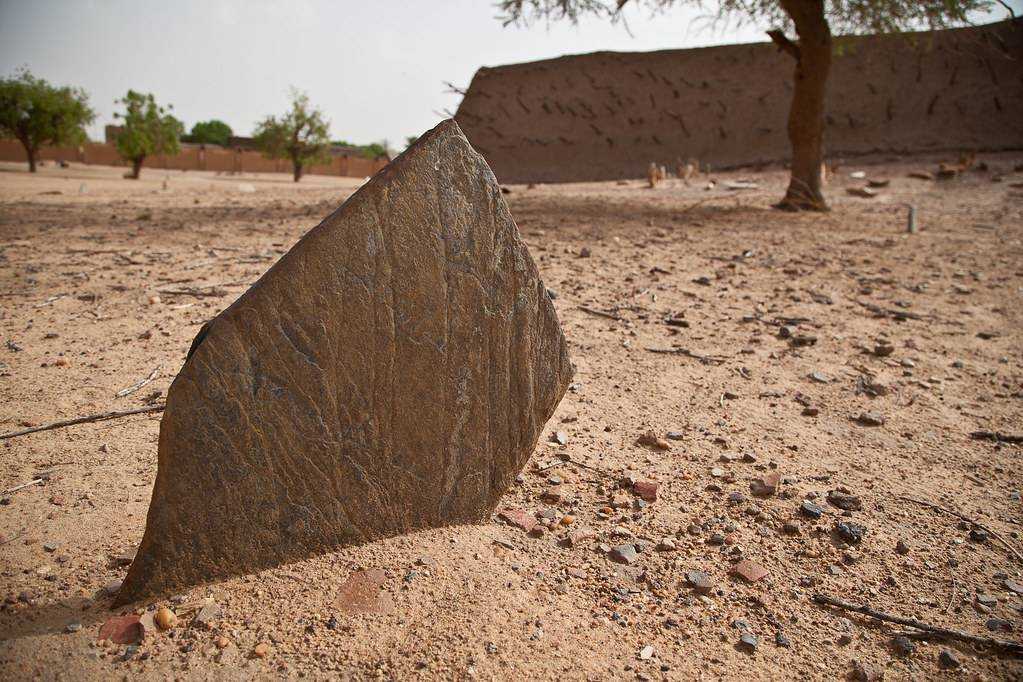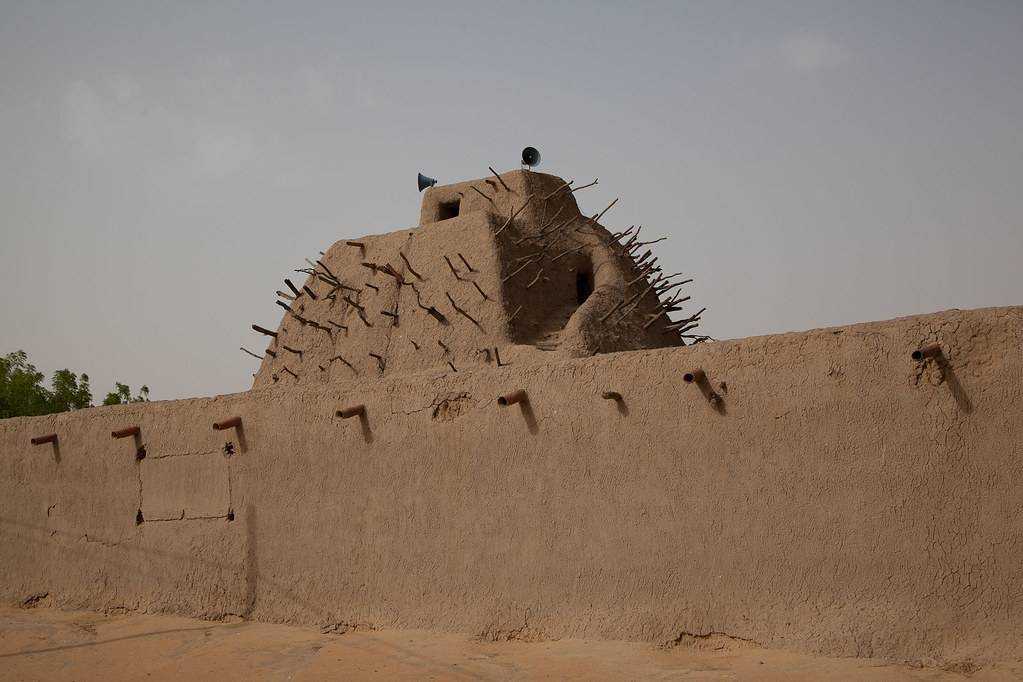The Tomb of Askia, a UNESCO World Heritage site, is a magnificent historical monument located in Gao, Mali. This 17-meter-tall pyramidal structure is a testament to the power and influence of the Songhai Empire, one of the largest African empires in history. The tomb is a symbol of the cultural, architectural, and historical richness of the region, beckoning history enthusiasts from around the globe.
Get your dose of History via Email
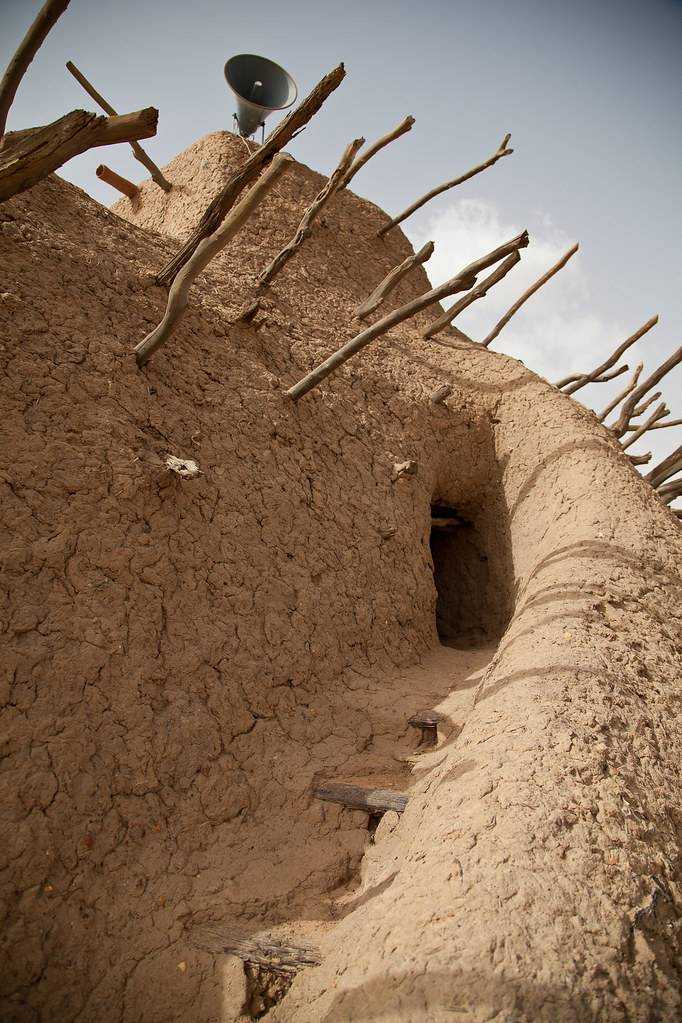
Historical Background
The Tomb of Askia was built in 1495 by Emperor Askia Mohamed, the most famous ruler of the Songhai Empire. The Songhai Empire, which flourished between the 15th and 16th centuries, was one of the most powerful empires in West Africa. The tomb is believed to be the burial place of Askia Mohamed, although no human remains have been found there. The age of the tomb is approximately 526 years.
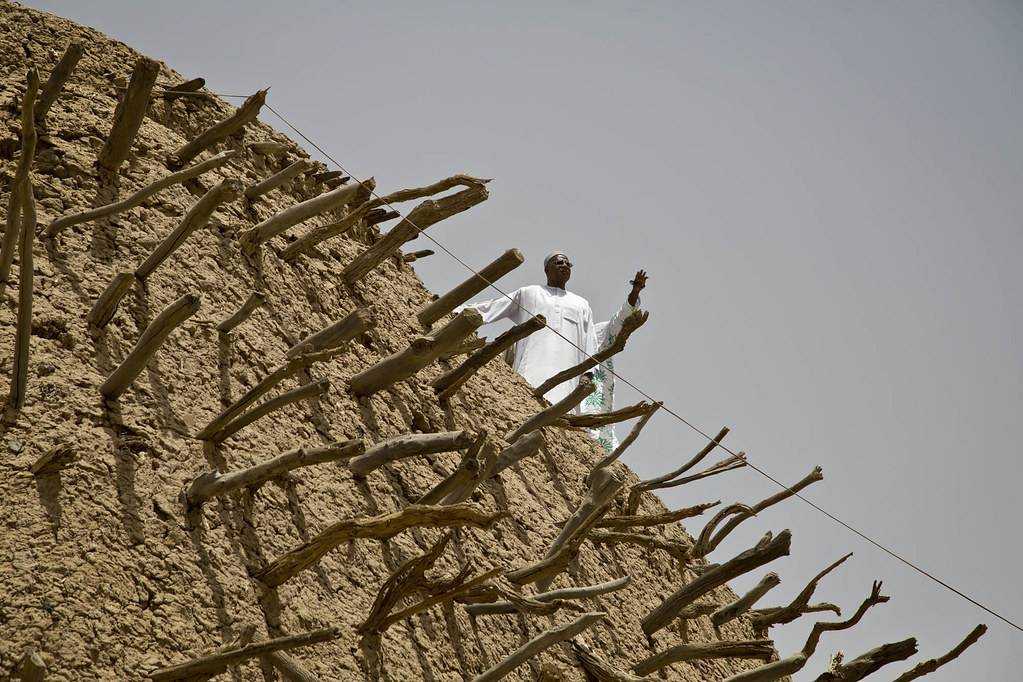
Architectural Highlights
The Tomb of Askia is a unique example of Sudano-Sahelian architecture, a style characterized by the use of mud-bricks, adobe plaster, and wooden-log support beams. The tomb is a stepped pyramid, measuring 17 meters in height and covering an area of 395 square meters. The structure is surrounded by a mosque and a cemetery, which are still in use today. The construction materials were locally sourced, with the primary material being mud-brick. The tomb’s design, with its conical shape and wooden protrusions, is believed to have been influenced by the architectural style of the ancient city of Timbuktu.
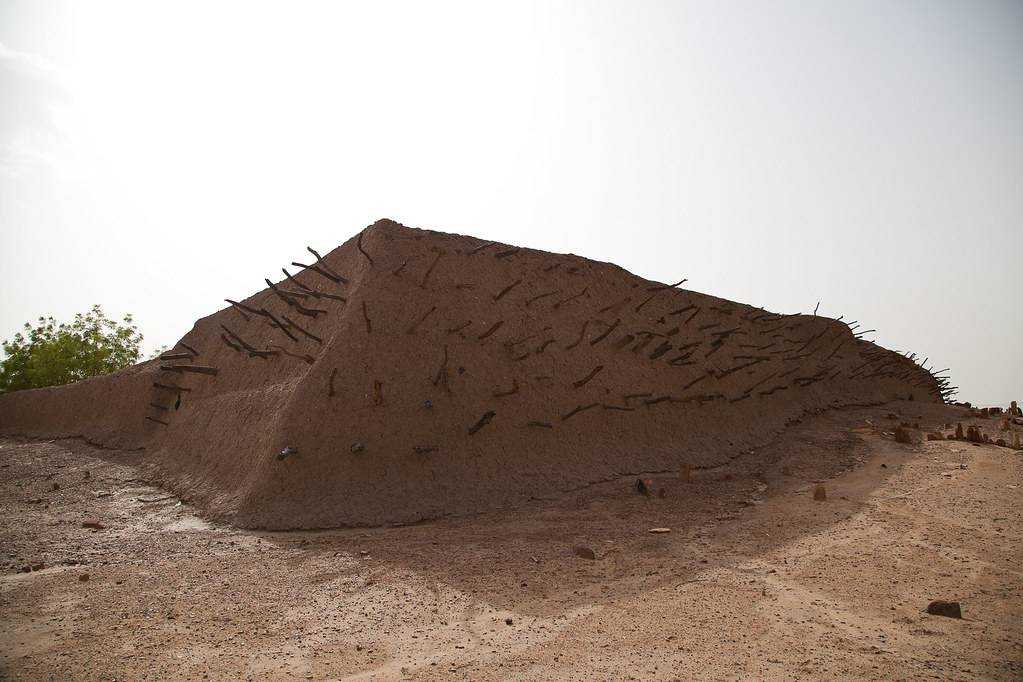
Theories and Interpretations
The Tomb of Askia is believed to have been built as a symbol of Askia Mohamed’s power and influence. The tomb’s size and grandeur reflect the wealth and prestige of the Songhai Empire during his reign. Some historians believe that the tomb’s design was inspired by the pyramids of Egypt, reflecting Askia Mohamed’s pilgrimage to Mecca and his exposure to different cultures and architectural styles. The dating of the tomb was done using historical records and architectural analysis. The tomb’s alignment with the cardinal points, similar to many Islamic structures, suggests a sophisticated understanding of astronomy.
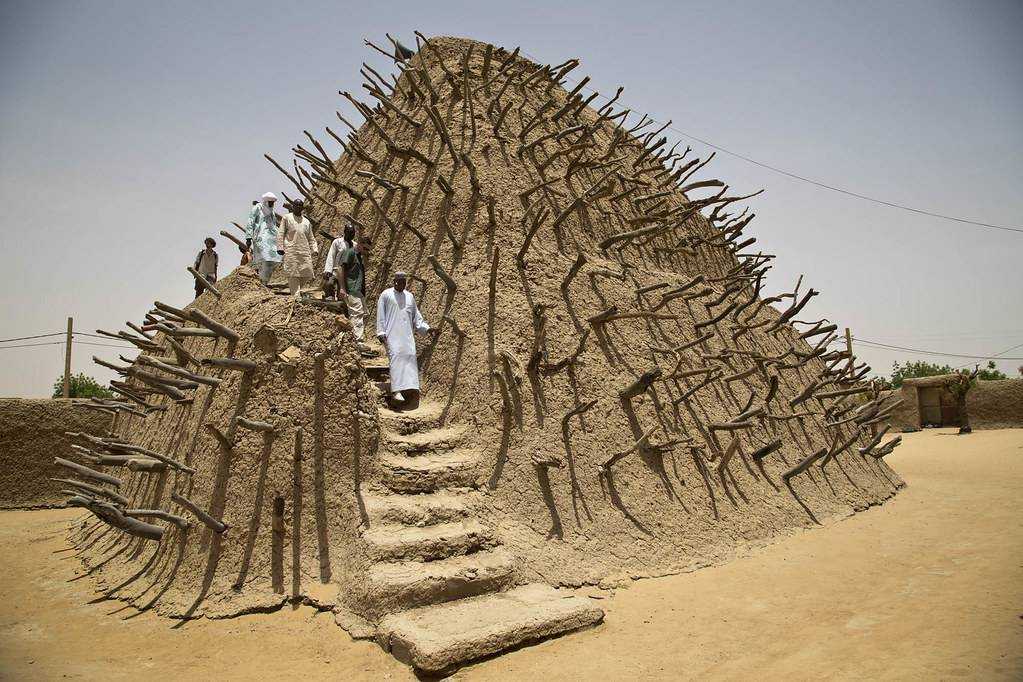
Good to know/Additional Information
The Tomb of Askia is not just a historical monument; it is also a center of cultural and religious activities. Every year, a popular festival known as the ‘Gao Pilgrimage’ is held at the site. During this festival, the tomb is cleaned and repaired, a tradition that has helped preserve the structure for over five centuries. The tomb also houses a small museum, which displays a collection of cultural artifacts, including Askia Mohamed’s throne. The Tomb of Askia is a living testament to the rich history and cultural heritage of Mali and the Songhai Empire.
